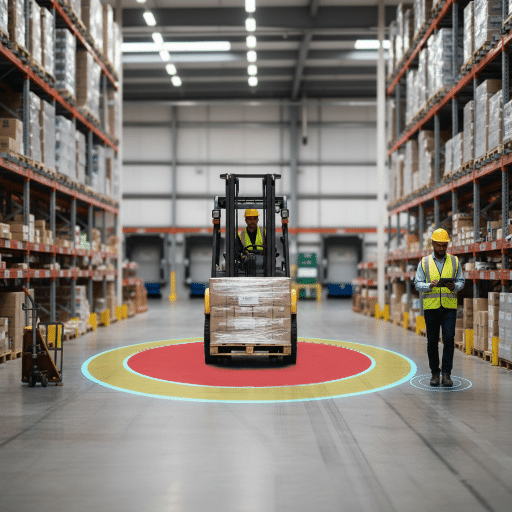In the world of call centers, representatives are trained to present the Next Best Offer. If the caller says “no,” there is always a Next Best Offer. But does the Next Best Offer work in safety?
Companies have an infinite number of items they can spend money on. Where does reducing injuries fit in the list that has
- Buy more advertising
- Install a new payroll system
- Add another employee to help in accounting
vs.
- Reduce injuries by 60% or more
- Reduce the severity of injuries
- Reduce the number of high risk movements by 80%
- Reduce the overall number of movements
The denominator for return on investment for safety is easy: it is the cost of the platform. The cost could be $5 – $10 per person and is very easily calculated.
The hard part is the numerator: cost of the injury. From whose point of view do we look at cost of injury. If it’s the CFO’s point of view, you can use the medical bills, lost time, legal costs and administrative costs. If it’s the supervisor’s point of view, it is all the same, while also taking into account the time taken to train a new employee or the loss of productivity from the injured employee.
What factors are used from the employee’s perspective? Obviously, the employee is not paying for the personal protective equipment, but the employee is the numerator and is being simplified out of the equation. The cost of an injury to the employee could be a tremendous burden in not only dollars, but also the impact to their family. After the employee was injured, won’t the employee wish you would have spent an additional $0.05 per hour to prevent the injury?
Finally, take into consideration that reducing injury makes someone’s life a little better, a little more enjoyable, a little less pain free as they age. How do you put a price on that if you are a corporation? Your employee may never be hurt or never be injured, but they will have worked hard for 20 or more years. Upon retirement, they are sore. If you as a company could lower the wear and tear on your employees by reducing the number of activities and the severity of the activities, how much is that worth? How does that fit into the Return on Investment?
Reducing 20 years of wear and tear on a body by simply wearing a device seems like a great return and if it reduces an injury, an even better return. When the employee retires at 65 years, their body will be no worse than someone at 45 years old. How is this not the Next Best Offer every time? Today’s wearable platforms can do just that. They not only reduce the injury but can help make the employee’s life a lot more enjoyable later on.




